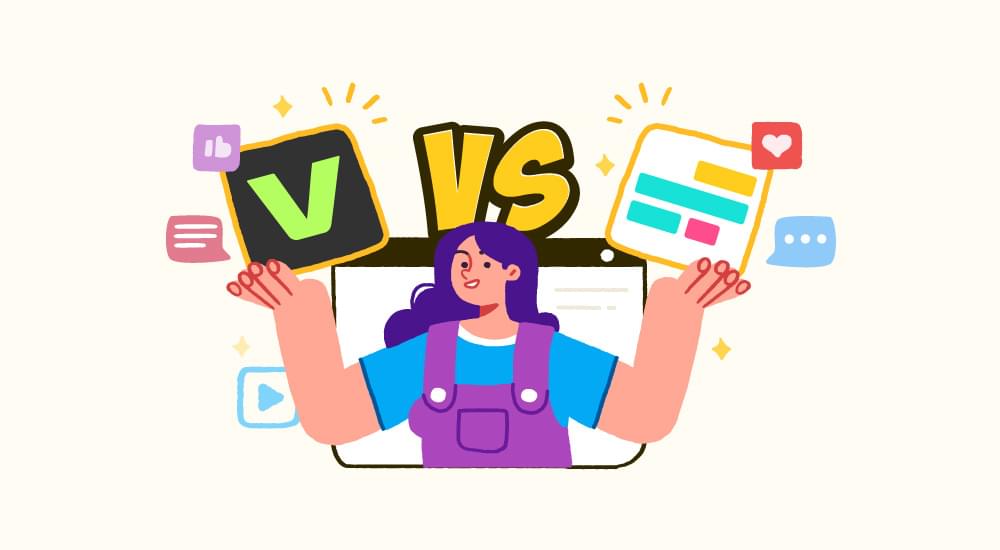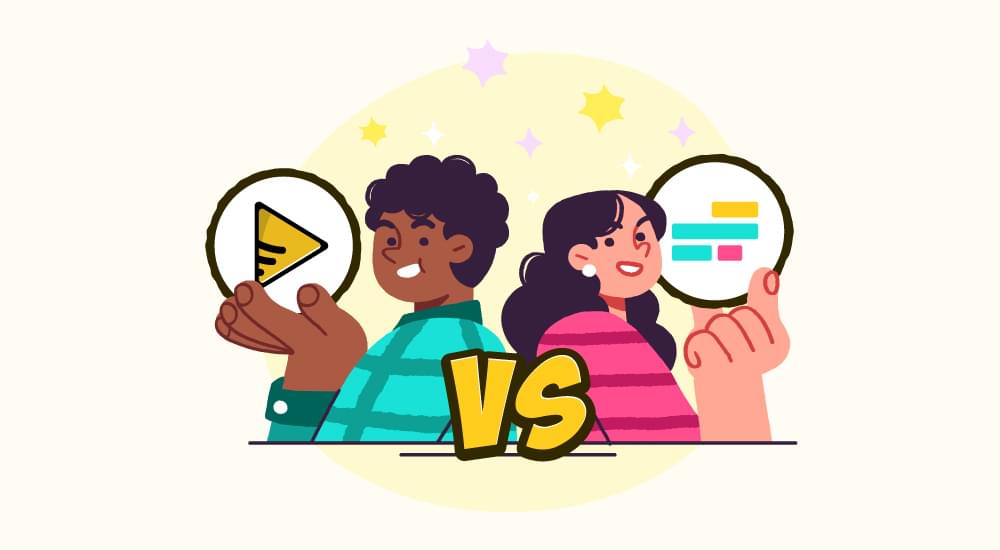
benefits of subtitles in video
What are SDH Subtitles? Difference in SDH and Closed Captions
In the United States and Canada, the terms subtitles and captions have different meanings, whereas the UK, and many other countries use the term “subtitles” as the general term. Before we proceed to know what SDH subtitles mean, we need to understand what Captions and Subtitles are.
Captions are the speech to text version of a movie, TV, or presentation. They are in the language of the content being played rather than a translation. Subtitles are translations for people who don’t speak the language of the content they are watching. For example, subtitles accompany foreign films.
There are a few different types of subtitles, but the most frequently used are: SDH, Non-SDH subtitles and Forced Subtitles. Captions have two different types, open captions and closed captions.
What are SDH Subtitles?
SDH subtitles are short for “subtitles for the d/Deaf or hard of hearing.” SDH subtitles are explicitly designed for individuals who are deaf or have difficulty hearing. Unlike regular subtitles, which typically only include spoken dialogue, SDH subtitles provide additional information such as:
- Spoken dialogue: The words spoken by characters on screen.
- Sound effects: Descriptions of important sounds (e.g., [footsteps approaching] , [dog barking in the distance] ).
- Music cues: Notes about music or lyrics if it’s relevant to the context (e.g., [suspenseful music playing] or [singing]” ).
Speaker identification: Indicating who is speaking, especially when it’s not obvious visually (e.g., [Man] or [Off-screen voice] ).
SDH is an American term introduced in 1970s by the DVD industry when closed captioning technology was widely popular on television.
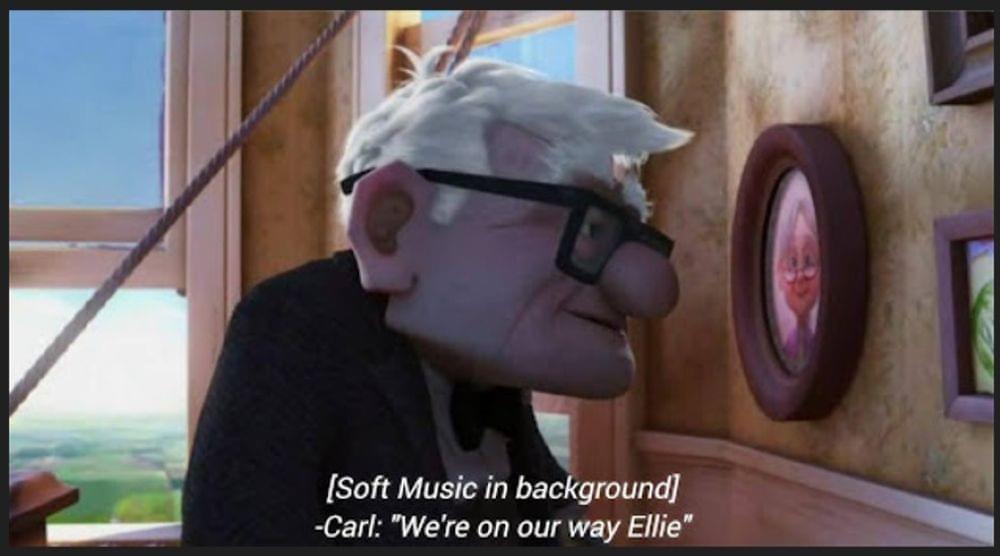
What Does SDH Subtitles Mean?
As the name suggests, SDH subtitles assume that the viewer cannot hear. So here’s what an SDH subtitle of a scene means:
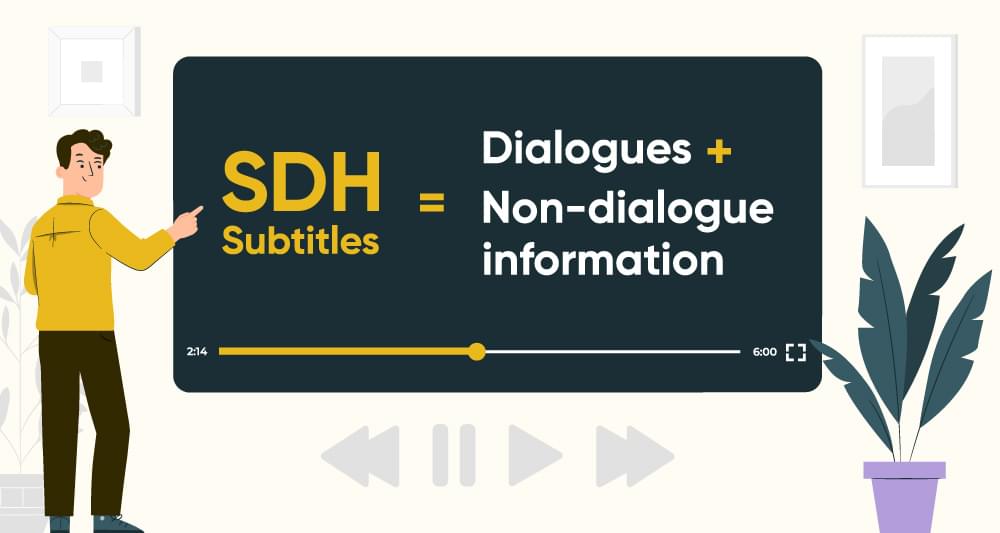
Whereas non-dialogue information part of the SDH subtitles covers:
Sounds explanation like wind sound, phone ring, door knocking, barking sound etc.
Speaker identification like women, men, kid etc. Speaker identification is useful for the audiences who cannot otherwise visually tell who is saying what.
For instance, in a horror film, SDH subtitles might include descriptions like “footsteps approaching” or “ominous music playing,” which helps viewers understand the full scope of audio elements at play.
SDH subtitles go beyond just translating dialogue. They stand out for their inclusivity and attention to detail of the media scenes by bridging the gap between audio and visual storytelling especially for d/Deaf or Hard of hearing people.

How to Activate SDH Subtitles?
SDH subtitle files come with the visual content in .SRT or other extensions used for subtitling purpose. Otherwise, you can browse them online.
Here’s a guide to activating subtitles on different devices and platforms:
TV or Streaming Device
Most TV remotes have a dedicated “CC” or “Subtitles” button. Press it, and then select your preferred subtitle language. Or on most streaming devices, pause the movie, go to the “Settings” or “Audio and Subtitles” menu, and choose subtitles or closed captions.
For smart TV Apps like Netflix, Amazon Prime Video, play the movie, and then select the subtitles option (usually found in a speech bubble icon or under “Audio & Subtitles”).
Streaming Platforms on Mobile/Tablet
Tap the screen to select the “Audio & Subtitles” or “CC” icon. Choose your subtitle language from the list. Some apps allow you to set subtitles as a default under “Settings.”
Computer
For streaming sites like Netflix, YouTube, start playing the movie, hover over the video, and select the subtitles or “CC” option.
If you are playing the movie in Media Players like VLC, Windows Media Player etc, go to “Subtitle” or “Closed Captions” in the top menu and then choose your preferred subtitle track.
What to do When You Cannot Find SDH Subtitles?
Streaming platforms like Netflix, Amazon Prime Video, or Disney+ often offer SDH subtitles directly. Similarly, many titles on YouTube and Google Play Movies come with SDH subtitles by default. You can rent or purchase movies if available.
However, if you’re still unable to find SDH subtitles for the movie you’re watching, here are three simple steps to follow.
- Search the web for SDH Subtitles of the movie you want to watch. Here are a few famous websites for this purpose. OpenSubtitles or YIFY Subtitles. You can use search terms like “[Movie Title] SDH subtitles.” Here I have taken the screenshots using open subtitles to explain the steps.
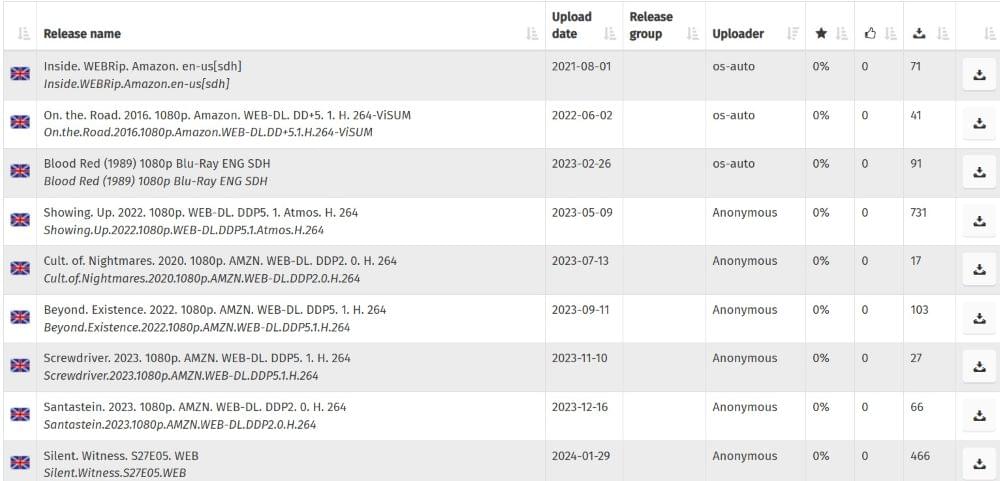
- Download the file in .SRT format or similar.

- Go to the settings or CC option and add the “subtitle file” under “File” à “Load Subtitle” you just downloaded.
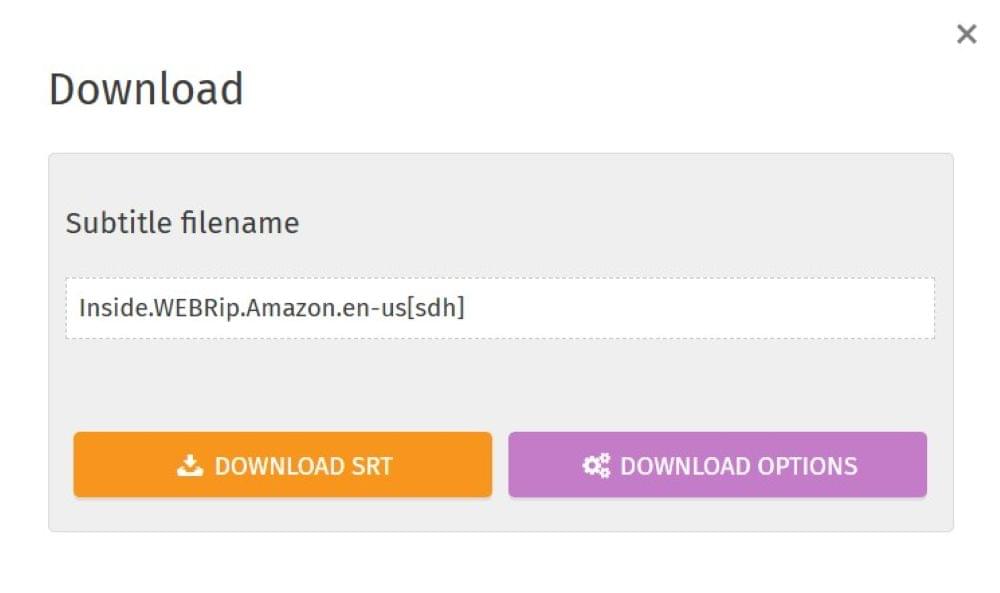
How to Write Better SDH Subtitles – best practices
While writing SDH subtitles try to use specific formatting conventions to clearly identify different speakers and distinguish between background sounds and spoken words. For example:
Use different colors to represent various characters or types of sounds.
Use speaker Labels like names or symbols to indicate who is speaking, especially in scenes with multiple characters in it or if there is an off-screen dialogue.
Explicitly state the sound descriptions to convey mood and ambiance of the scene on the display. For example, “door creaks” or “thunder rumbling” are clearly stated.
Why SDH Subtitles Are Important
SDH subtitles not only ensure that people with hearing impairments can enjoy films and television shows but also support a wider audience, including:
People who struggle with accents, dialects, or soft-spoken characters
Viewers watching in noisy spaces, like public transport, can understand more with SDH subtitles.
People who are in spaces where they need to keep the volume down (like hospitals or offices) but still want to follow along with every detail, SDH subtitles are a helpful feature.
With more awareness and options in content accessibility, SDH subtitles demonstrate that storytelling can be both universal and adaptable, allowing everyone to enjoy the full depth and richness of visual content in text form.
What are Open Captions?
Open captions are the speech to text version of the visual content that is embedded in the content.
These captions are also called burned-in, baked on, hard-coded captions. This indicates that the captions for the video are visible automatically to all viewers as they are embedded in the video – they are automatically available and do not need to be activated.
What are Closed Captions (CC)?
Closed captions are the speech to text version of the visual content and it often include speaker IDs and sound explanation. Closed captions are also used for d/Deaf or hard of hearing people.
The term closed indicates that the captions for the video are not visible until you activate them, usually via the remote control or menu option. CC files often come with the movie or presentations in .SRT or .VTT files.
SDH vs Closed Captions
SDH (Subtitles for the d/Deaf and Hard of Hearing) and Closed Captions (CC) both serve similar purposes, providing written representations of audio content for people who are deaf or hard of hearing. The only major difference for the user between SDH subtitles and closed captions is how they appear on the screen and where they are used.
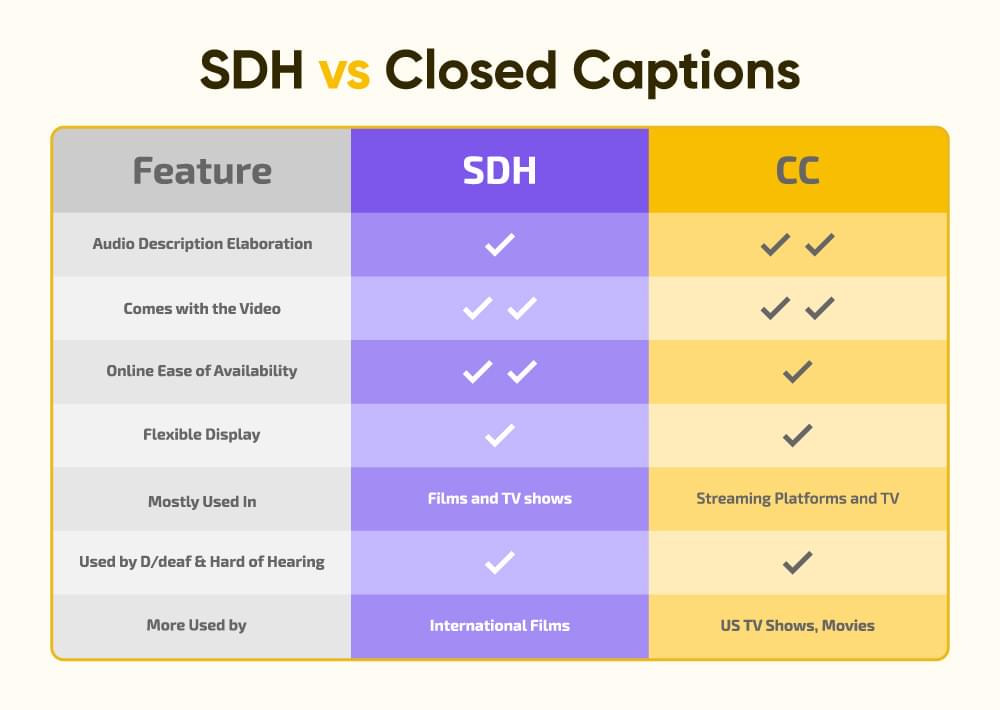
SDH subtitles are usually displayed with the same proportional font used for translation subtitles in DVD; however; closed captions CC are displayed as white text on a black band. This is why CC are often accused of blocking a large portion of the screen view.
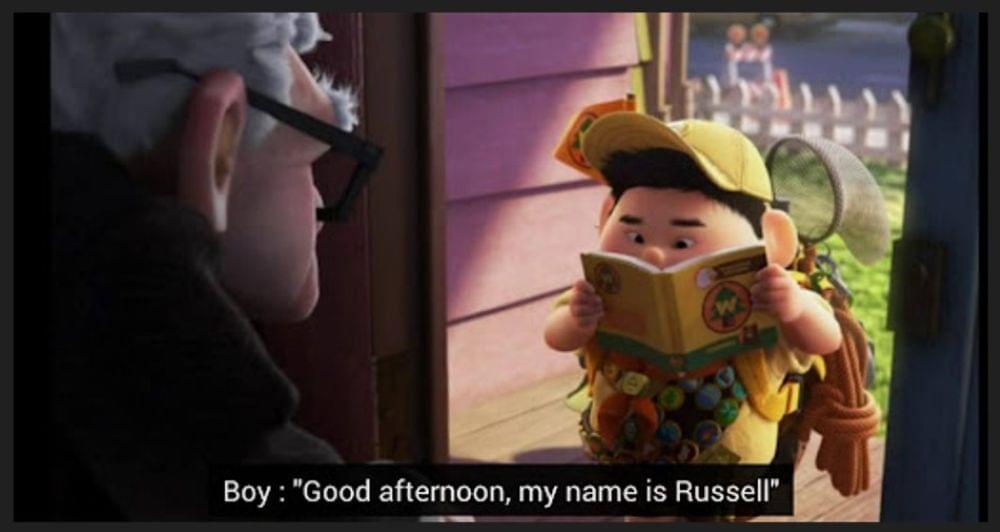
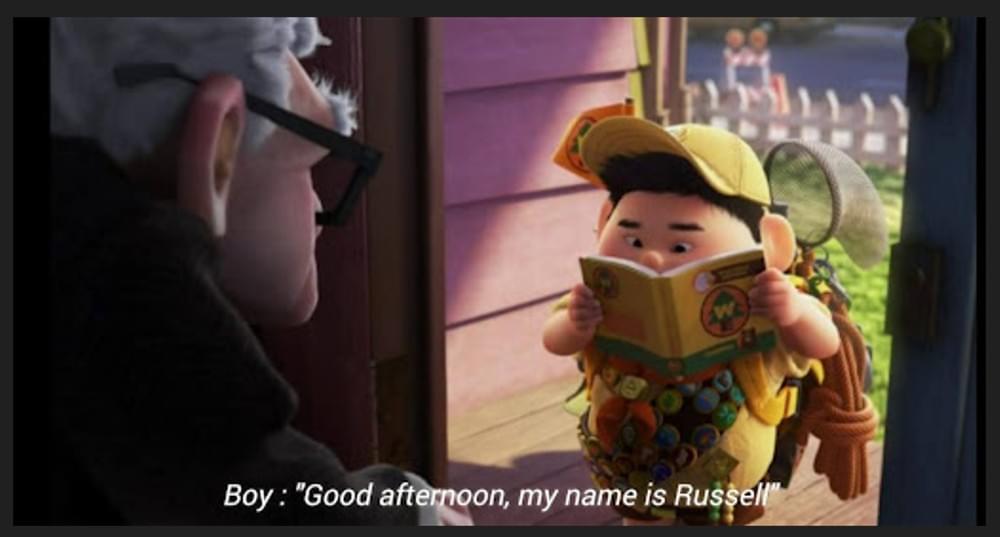
Let’s dig deeper into their differences:
1. Format and Technology
SDH (Subtitles for the Deaf and Hard of Hearing) presents spoken dialogue and other audio cues like sound effects (e.g., [phone ringing], [door slams]) in the form of text, very similar to traditional subtitles. It is often used in pre-recorded media such as movies, Blu-rays, DVDs, and streaming platforms. SDH subtitles are typically encoded within the video track like standard subtitles and appear at the bottom of the screen. They are fixed in style and format, meaning their text appearance or position cannot be customized by the user. CC (Closed Captions) , on the other hand, incorporates spoken dialogue, sound effects, background noises, and speaker identification, similar to SDH, but the difference lies in its technological flexibility. CC allows users to toggle the captions on or off (hence “closed”) and is more commonly used in live TV broadcasts , where the text is transmitted separately from the video signal. This gives CC an advantage in real-time scenarios as it can accommodate live events. Additionally, CC provides a notable benefit in that the viewer may have the ability to customize aspects of the captions, including font size, color, and placement on the screen. CC text can even dynamically adjust its position during playback to better fit live events or different parts of the screen, depending on the scene and speaker.
2. Usage Context
SDH (Subtitles for the Deaf and Hard of Hearing) is typically used in pre-recorded media such as movies, Blu-rays, DVDs , and streaming services like Netflix, Amazon Prime, and Disney+. It’s often included as part of the subtitle options along with foreign language subtitles. It caters to recorded content where the subtitles provide additional audio information, but it is not commonly used for live broadcasts. In comparison, CC (Closed Captions) is more widely used in live TV broadcasts such as news programs, sports events, and TV shows. It is also seen in streaming services that provide live or real-time content. CC allows for real-time transcription, which makes it more suited for live events or programs transmitted on platforms like broadcast TV and real-time streaming services.
3. Appearance
SDH usually closely resembles standard subtitles, appearing at the bottom of the screen in a consistent format with limited customization. The font, size, and placement are typically fixed and do not allow viewers to alter how they appear. They use basic textual descriptions for sound effects and speaker identification. Closed Captions (CC), on the other hand, offer a high level of customization in terms of appearance. With CC, viewers have the option to change the text size, font style, color , and sometimes even the position of the captions on the screen. Additionally, CC can be more dynamic , meaning the captions can move around the screen to visually indicate speaker changes, sound effects, or important off-screen events, making it more adaptable to different viewing conditions.
4. Intended Use Case
SDH is most often used for pre-recorded content such as movies, TV shows, and documentaries. Its fixed placement and uniform style are designed to blend seamlessly into the overall viewing experience, ensuring clarity without distracting from the visuals. It’s ideal for situations where dynamic live text isn’t needed. On the other hand, CC is specifically designed with live TV and real-time events in mind. It is perfect for live broadcasts or live-streaming platforms where text needs to be frequently updated for real-time delivery (e.g., for live sports, news, or live talk shows). CC also supports interactive features, ideal in settings where viewers may need to change how the text appears based on personal or device settings.
5. Device Dependence
When it comes to device dependence , SDH is usually available on DVD players, Blu-rays , and streaming services , where users can select it via subtitle options. Once chosen, SDH displays in a standard format without much capability for adjustment. Its primary presence is in services offering pre-recorded content. In contrast, CC is available in a broader range of devices and platforms , including TVs, cable boxes , streaming devices , and broadcast systems . CC gives users the flexibility to turn captions on or off , enabled by the broadcasting system or set-top box. Many modern smart TVs and streaming platforms also allow viewers to customize how their closed captions appear, making CC more accessible and user-friendly. CC’s adaptability is much more dependent on the device or platform delivering the content, especially where live content is streaming.
SDH or CC? Which One is Better?
SDH (Subtitles for the Deaf and Hard of Hearing) and CC (Closed Captions) serve similar purposes but have important differences in their usage and device compatibility. SDH not only includes spoken dialogue but also provides detailed descriptions of non-verbal sounds, music cues, and contextual information that help deaf or hard-of-hearing viewers fully grasp the audio-visual experience. However, SDH is often embedded directly into media files, meaning it may be hard-coded or burned into the video, limiting the viewer’s ability to turn them on or off. This can be particularly limiting on streaming devices or older DVD/Blu-ray media where subtitles are pre-embedded. Moreover, SDH on some platforms may not allow as much customization (such as font size or color) compared to CC, making it less flexible for viewers who need specific accessibility features.
On the other hand, Closed Captions (CC) are designed to serve a wider audience, including those in sound-sensitive environments or improving comprehension for non-native speakers. While CC provides spoken dialogue and some audio cues, it generally lacks the more descriptive sound information found in SDH. One advantage of CC is its versatility and ability to be toggled on or off, making it more adaptable across numerous devices, from broadcast television and DVD players to streaming platforms like Netflix and Hulu. Furthermore, CC often offers more customization, allowing viewers to adjust text size, color, and placement on the screen based on their needs. However, CC can have limitations in regions where it is not widely adopted, as other systems (such as subtitles or teletext) might be more common. Ultimately, while both CC and SDH have their usage limits and varying levels of support on different devices, the better option depends on the specific needs of the viewer and the compatibility of the media device being used to access the content.
What Is the Difference Between English and English SDH Subtitles?
English Subtitles are created for hearing audiences who may not understand the spoken language of the content they are watching while English SDH Subtitles have the additional audio and speaker descriptions to it for the deaf and hard of hearing people.
For example in case of English Subtitles, if you’re an Urdu speaker who is watching a French movie. If you select English subtitles, the French dialogues will be translated in English language for you.
English Subtitles usually use a straightforward format without color coding or unique font styles whereas; English SDH Subtitles may use various colors, font sizes, and text positioning to improve clarity, particularly in scenes with overlapping dialogue or loud background noise.
SDH vs. Forced Subtitles
Imagine you are watching an English movie but it has a character who speaks Punjabi. Forced subtitles will appear automatically to translate the Punjabi dialogues.
Forced Subtitles are used in multilingual content where certain lines or dialogues are in a language that is different from the primary language of the content. Forced subtitles are automatically displayed and do not require any manual activation while sdh subtitles are bound to be activated.
SDH Subtitles, as we have discussed are designed for deaf and hard-of-hearing audiences, aiming to provide them a complete audio-visual experience. They are usually available as an option in the settings and are not automatically enabled unless the viewer selects them. SDH provides a full translation and description of all auditory elements, while forced subtitles address language gaps in brief segments, highlighting only foreign-language dialogue as needed.
Conclusion
Hopefully by now you understand SDH and other forms of subtitles. Here is where I discuss why there’s a strong need that subtitles in other languages need to be 100% accessible to deaf people. Using tools like Subtitlebee you can add SDH to your content or you can create SDH for free content available online. Here are a couple of reads to lead you further.
How to create shared subtitles for the greater good
Why is everyone using subtitles?
FAQs
What’s the difference between SDH and CC?
SDH (Subtitles for the Deaf and Hard of Hearing) includes not only spoken dialogue but also non-speech elements like sound effects and speaker identification. CC (Closed Captions) also includes dialogue and additional information but can be turned on/off by the viewer. SDH is often used for international DVD/Blu-ray releases, while CC is used in broadcast TV systems.
Is SDH better than CC?
SDH and CC serve similar purposes but differ in formatting and availability. SDH is generally considered better for international and digital formats due to high-definition support and cross-platform compatibility, while CC is more common for traditional television. Ultimately, the “better” option depends on the platform and user preferences.
What are Non-SDH Subtitles?
Non-SDH Subtitles are the ones simply called Subtitles.Non-SDH subtitles are the translations for people who can hear but do not speak the language of the content they are watching. These subtitles do not include non-dialogue cues.
Add and translate your subtitles to more than 100 languages with high accuracy








